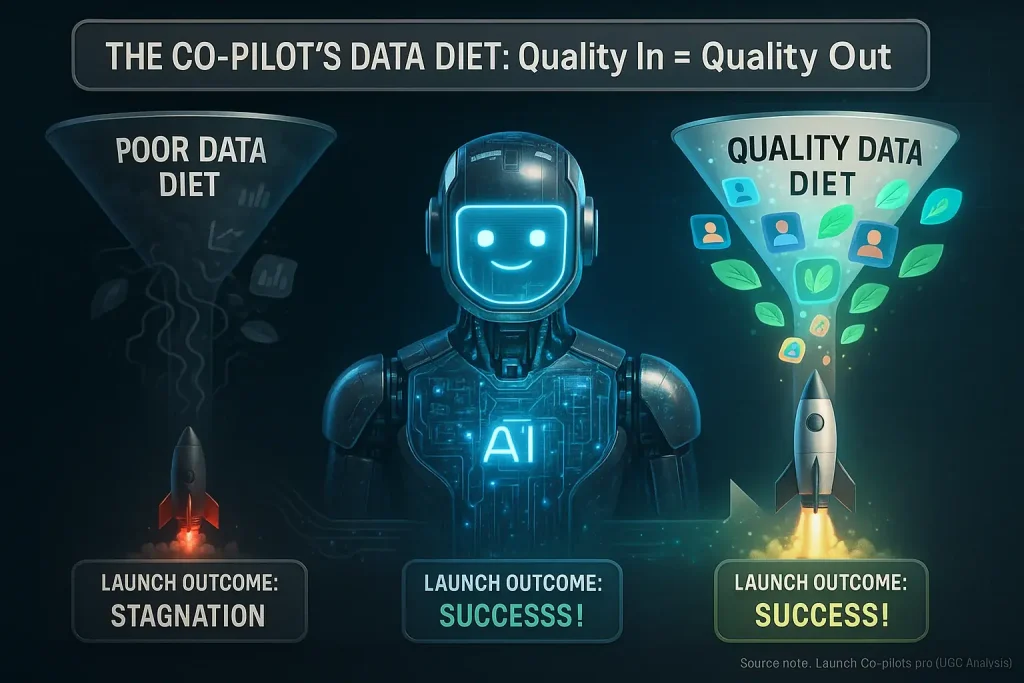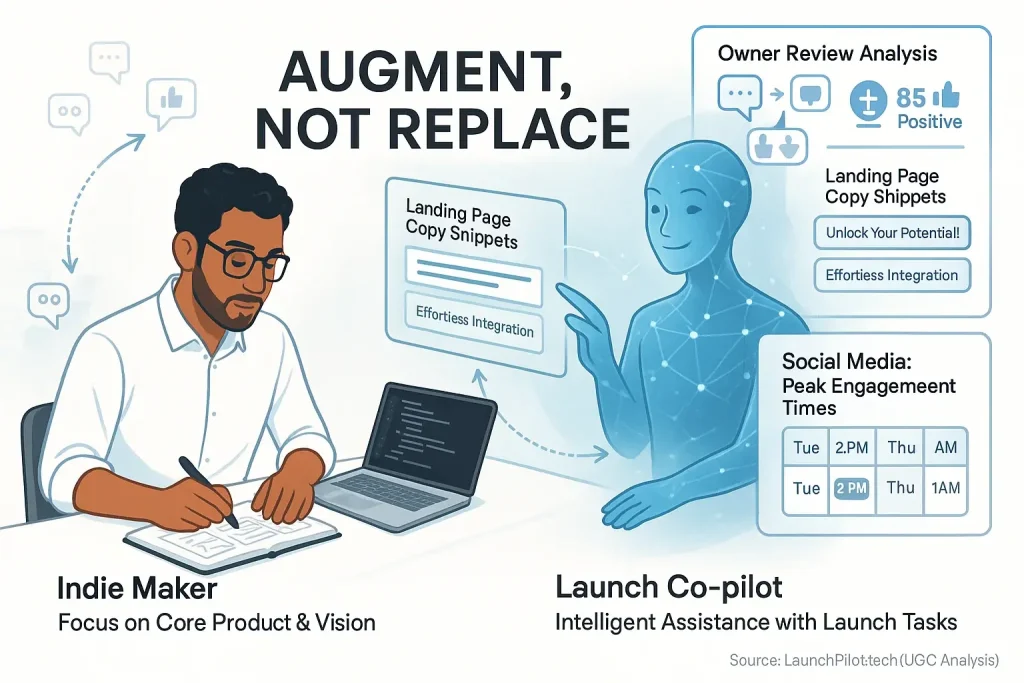That First Week: Why Your AI Co-pilot's Onboarding is Your Launchpad to Success
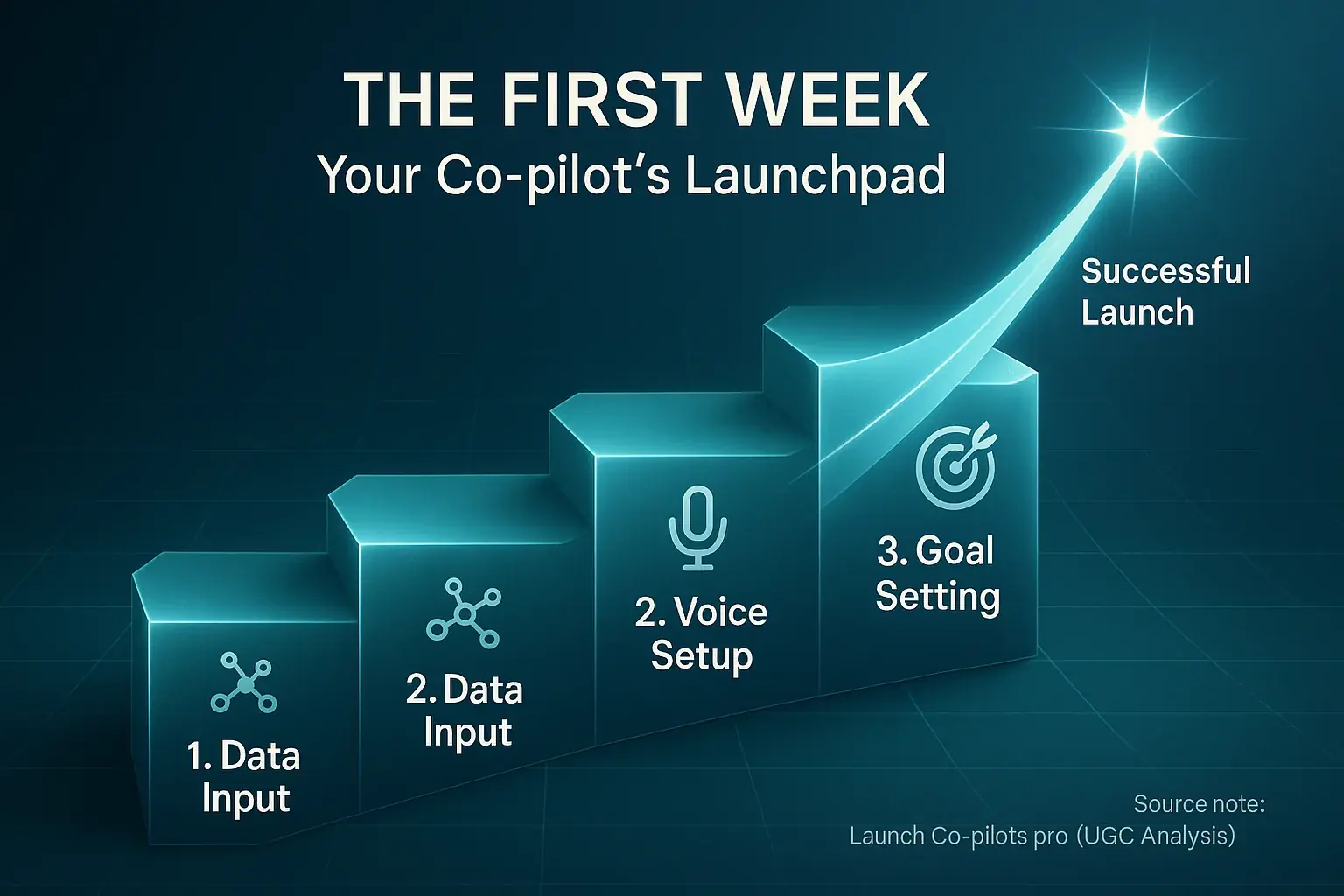
Your new analytical feedback co-pilot arrives. Excitement mixes with a 'where do I start?' feeling. Community-reported experiences reveal this initial onboarding phase is critical for your co-pilot's long-term performance. Many indie makers overlook its depth. This first week sets the stage for everything following.
That first week involves more than button clicks. It demands teaching your analytical feedback co-pilot. You must teach it about your unique indie product. Your specific vision is essential. This 'teaching' phase determines early success. Or early frustration. Many users confess initial 'playing around' yields generic results. They later discover real magic. This requires treating their analytical feedback co-pilot like an eager new team member needing proper training. Our analysis of indie experiences shows you how to win.
Consider this first week your launchpad. Mastering this initial setup prevents future headaches. Extensive user discussions confirm this point. Proper configuration ensures useful, actionable output from your analytical feedback co-pilot long-term. Better insights. Faster launches. Our analysis of indie maker challenges shows this focus saves precious time and resources.
Feeding Your AI Co-pilot: Initial Data Input for Your Unique Indie Product
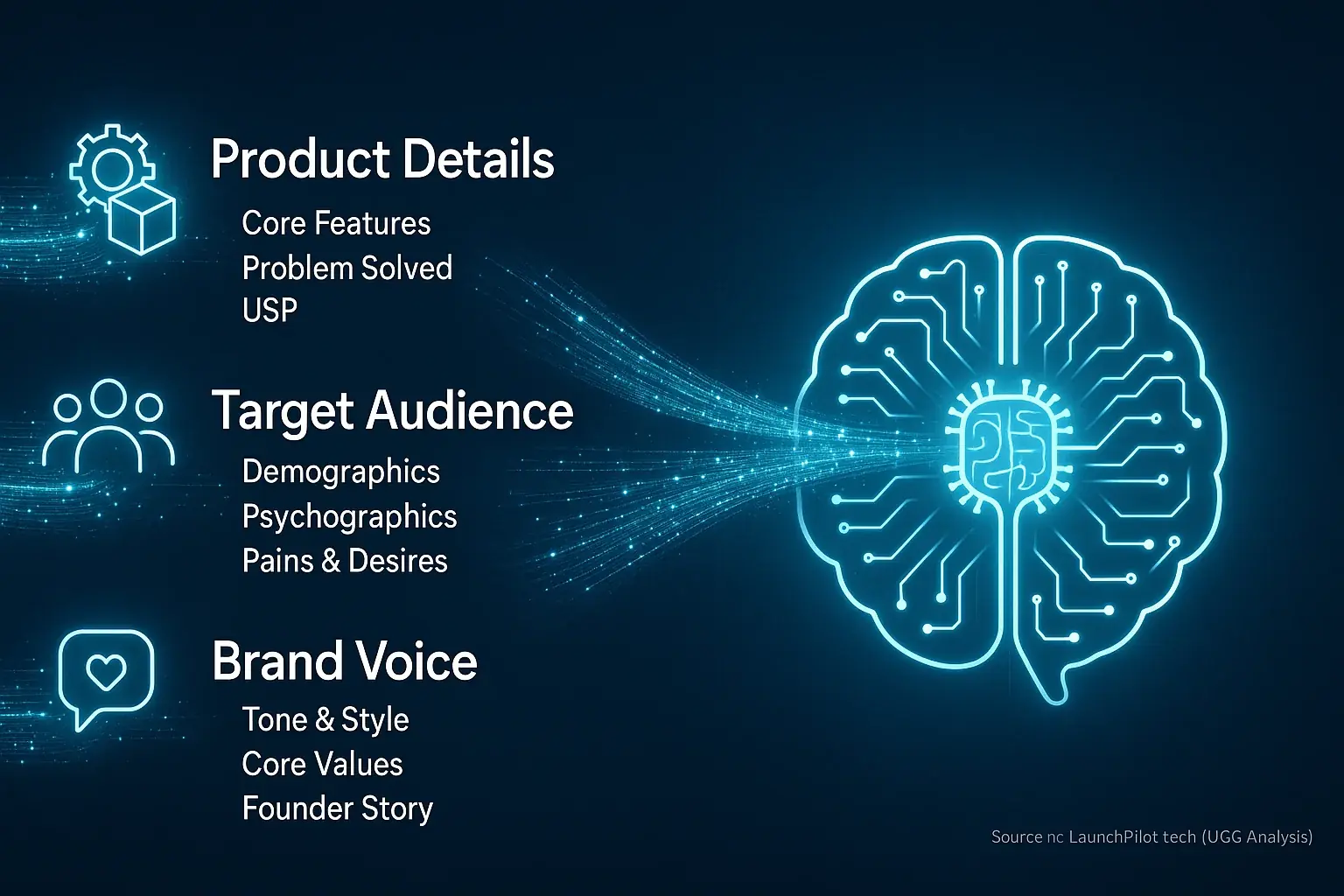
Your analytical co-pilot learns from its first meal. Its output quality directly mirrors your initial data input. For indie makers, this means providing specific details about your unique product. Clear audience information is also crucial. Many indie makers initially offer vague descriptions. They then receive generic co-pilot outputs. Users consistently find that more specific inputs train the co-pilot faster. The co-pilot then truly 'gets' your product.
What initial data yields the best results? Community experiences point to several key areas. Feed your co-pilot core product features. Explain what your product does. Detail how it solves specific problems. Define your target audience demographics clearly. Who are they? Crucially, include their psychographics. What are their pains, their desires, their core values? Our analysis of user content shows even simple bullet points here are far better than vague statements.
Here's a subtle yet powerful tip emerging from community discussions. Don't just tell the co-pilot what your product is. Tell it why you built it. This 'founder story' context provides remarkable depth. Even brief notes about your mission can infuse the co-pilot's output with more authenticity. Users report this helps the system understand the product's 'soul,' making its suggestions resonate more deeply.
Think of this foundational data input as a vital language lesson for your co-pilot. The better you teach it your product's unique language now, the more fluently it speaks your launch needs later. Precise initial data ensures your co-pilot becomes a truly sharp partner. This groundwork saves considerable refinement time down the line, according to seasoned indie makers.
Beyond Generic: Configuring Your AI Co-pilot for Your Unique Indie Brand Voice

Worried your user discussions co-pilot's launch copy will sound bland? Like every other marketing email? You are not alone. Our deep analysis of indie maker feedback confirms this common fear. Generic output is a real risk. But it is avoidable. Proper configuration unlocks your co-pilot's true potential.
Defining your brand voice for the our system is crucial. Start with clear examples. Feed your co-pilot your best website copy. Show it successful social media posts. List key adjectives describing your tone. Is it playful, authoritative, or edgy? Specify negative constraints too. Tell the our system "no corporate jargon" or "avoid an overly formal style." Community-reported experiences show consistent inputs yield consistent, on-brand outputs. This groundwork matters. A lot.
Here's a powerful hack many indie makers shared during our investigations. Give your analytical analysis co-pilot a distinct persona. This persona must align with your brand. Instead of a simple command like "write a tweet," try this: "Act as our witty, approachable tech advisor. Draft a tweet about our new feature, using simple language and one relevant emoji." Our synthesis of user-generated content reveals this role-play technique dramatically improves brand voice alignment. The data system then embodies your voice. It doesn't just mimic keywords.
Investing this initial time transforms your user reviews co-pilot. It shifts from a generic text generator. It becomes a genuine partner. This partner understands and speaks your unique brand language. Ultimately, this detailed setup ensures your findings from our comprehensive review analysis content truly reflects your indie brand's authenticity and connects with your audience. That's the goal, right?
Seamless Connections: Linking Your AI Co-pilot to Your Essential Indie Accounts
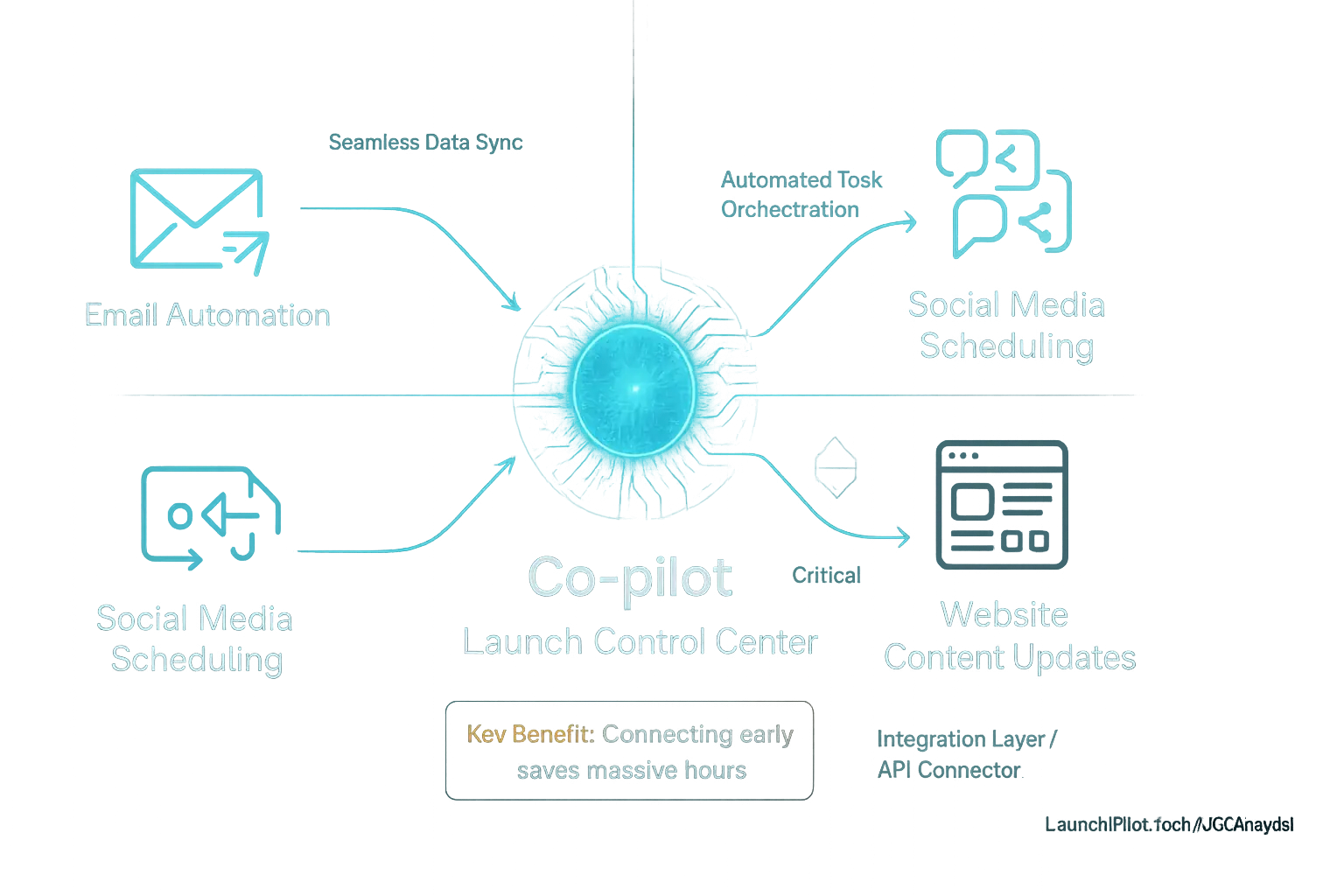
Your feedback co-pilot reveals its true strength through connections. These links activate full automation potential. They ensure smooth data flow for your launch. Many indie makers initially use their co-pilots alone. They soon find themselves manually copying data. User experiences strongly suggest this approach wastes time. Many indie makers report a key lesson. Connecting accounts early saves massive hours.
What accounts need connection first? Prioritize key tools in week one. Your email marketing provider is essential. It enables automated sequences from feedback. Your main social media platforms also need linking. This helps schedule content based on insights. Consider your website builder too. It can update content from co-pilot data. Always check for native integrations first. Many co-pilots offer direct links. If not, services like Zapier or Make.com bridge gaps. This is a common workaround users recommend.
Here is a frequent hurdle users face. Permission headaches. They are common. Always double-check granted permissions. What exact access does your co-pilot need? Over-granting access creates security risks. Under-granting access breaks the automation. Many indie makers discovered this through frustrating setbacks. Seasoned users offer this advice: review access scopes carefully during setup. Periodically re-check these permissions too.
A properly integrated co-pilot becomes your launch control center. It connects all your key platforms. This system orchestrates tasks smoothly. Think of it as your digital assistant. It ensures consistent messaging. It automates repetitive work. This frees your time for critical strategy. User reports confirm this central hub benefit.
Setting Your AI's Compass: Defining Launch Goals & Running First Test Flights
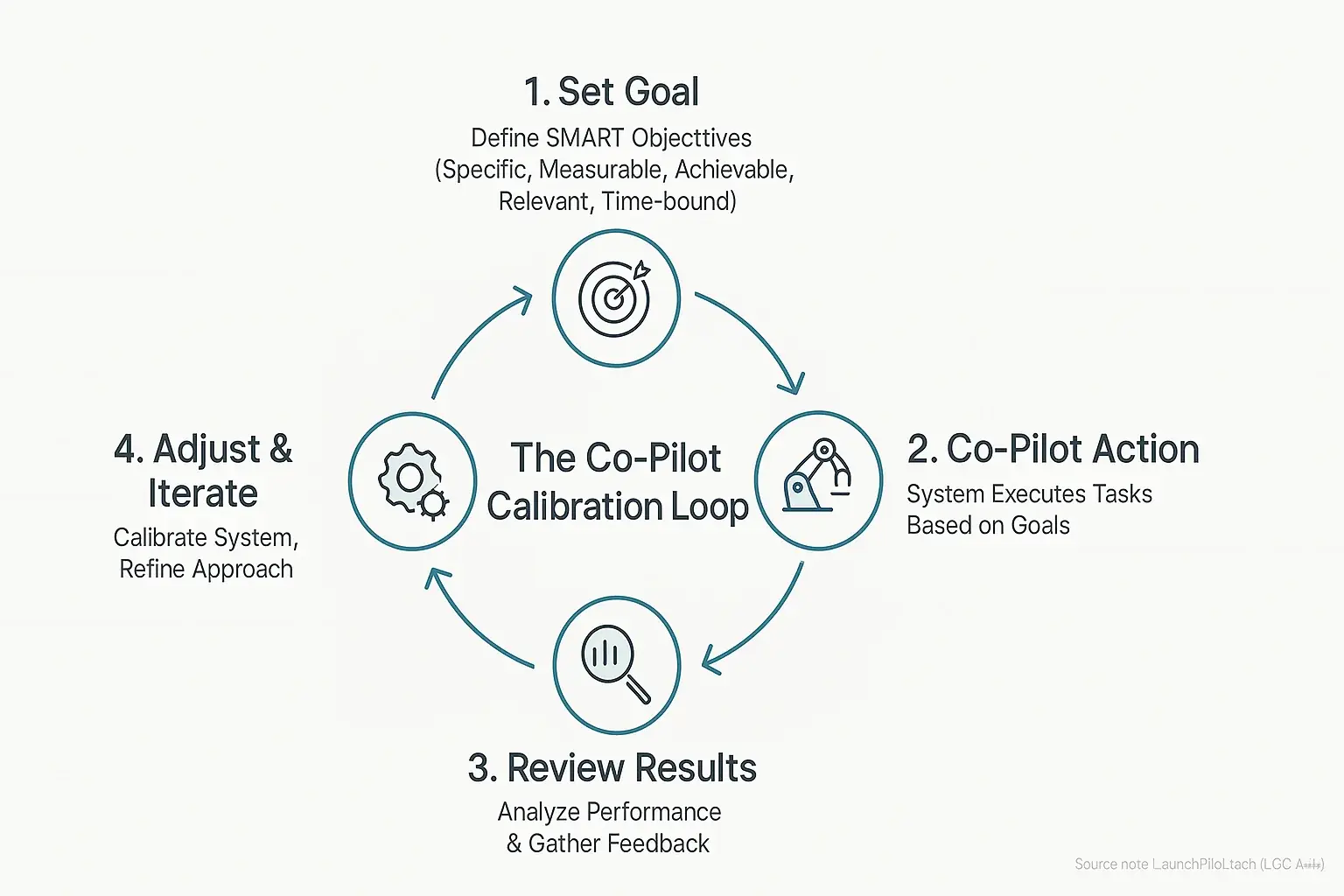
Your user-generated feedback co-pilot needs clear direction. Vague instructions yield vague results. A common pitfall indie makers report. Telling the system merely 'launch my product' seldom achieves desired outcomes. Our synthesis of indie maker feedback reveals a stark difference. Many creators confess they initially skipped detailed goal setting; they assumed the the system 'understood' their core intent. Those who define specific objectives see dramatically better co-pilot performance. For instance, makers aiming for '50 beta sign-ups by next Friday' observe their co-pilot generates highly relevant, targeted content.
SMART goals provide this essential clarity. This framework makes your objectives actionable for the co-pilot. Specific means defining precise outcomes your tool should target. Measurable allows tracking progress towards these targets. Achievable keeps goals realistic for the co-pilot's capabilities. Relevant aligns its tasks with your overall launch strategy. Time-bound sets a clear deadline for the co-pilot's work. Indie launch examples include 'generate 10 unique social media posts for our Product Hunt debut'. Another could be 'draft three email sequences to nurture our pre-launch waitlist this week'. These defined targets directly steer your co-pilot's actions, focusing its creative efforts.
Setting goals marks only the first phase. Initial test runs are absolutely vital for your feedback co-pilot. Consider these calibration sessions, not mere software demos. These sessions enable fine-tuning of the co-pilot's understanding of your specific needs. Extensive user discussions highlight a common 'gotcha' moment many makers experience. Numerous feedback analysis tools default to broad, generic settings initially. Your first test flights are your critical opportunity. You identify these generic tendencies. You then guide the system towards your unique niche and distinct voice. Iterate. Experiment. Early. This process ensures the output truly aligns with your launch expectations.
This diligent, methodical approach pays dividends. Clear goals and rigorous testing transform your user experiences co-pilot. It evolves from a general-purpose analytical assistant. It becomes a highly specialized, results-driven partner for your unique indie launch. The collective wisdom from the indie community is unambiguous: this structured process unlocks your co-pilot's full potential.
Your AI Co-pilot: Ready for Takeoff (What Comes Next After Week 1)
Congratulations! You've successfully navigated the critical first week of onboarding and training your user-generated team co-pilot. This isn't just a setup; it's the foundation for a smoother, smarter launch journey. You provided vital data inputs. You configured its unique voice. Clear goals now direct its efforts. This initial phase, many successful indies confirm, builds essential momentum for what comes next.
Now that your user-generated analysis has its 'brain' loaded and its 'compass' set, it's time to put it to work. Our next guide dives into setting up your first automated launch workflows – the real fun begins! This transition to automation is where community-reported experiences show transformative results appearing. We encourage your continued progress. LaunchPilot.tech remains your trusted resource for maximizing your co-pilot's impact on your launch.
